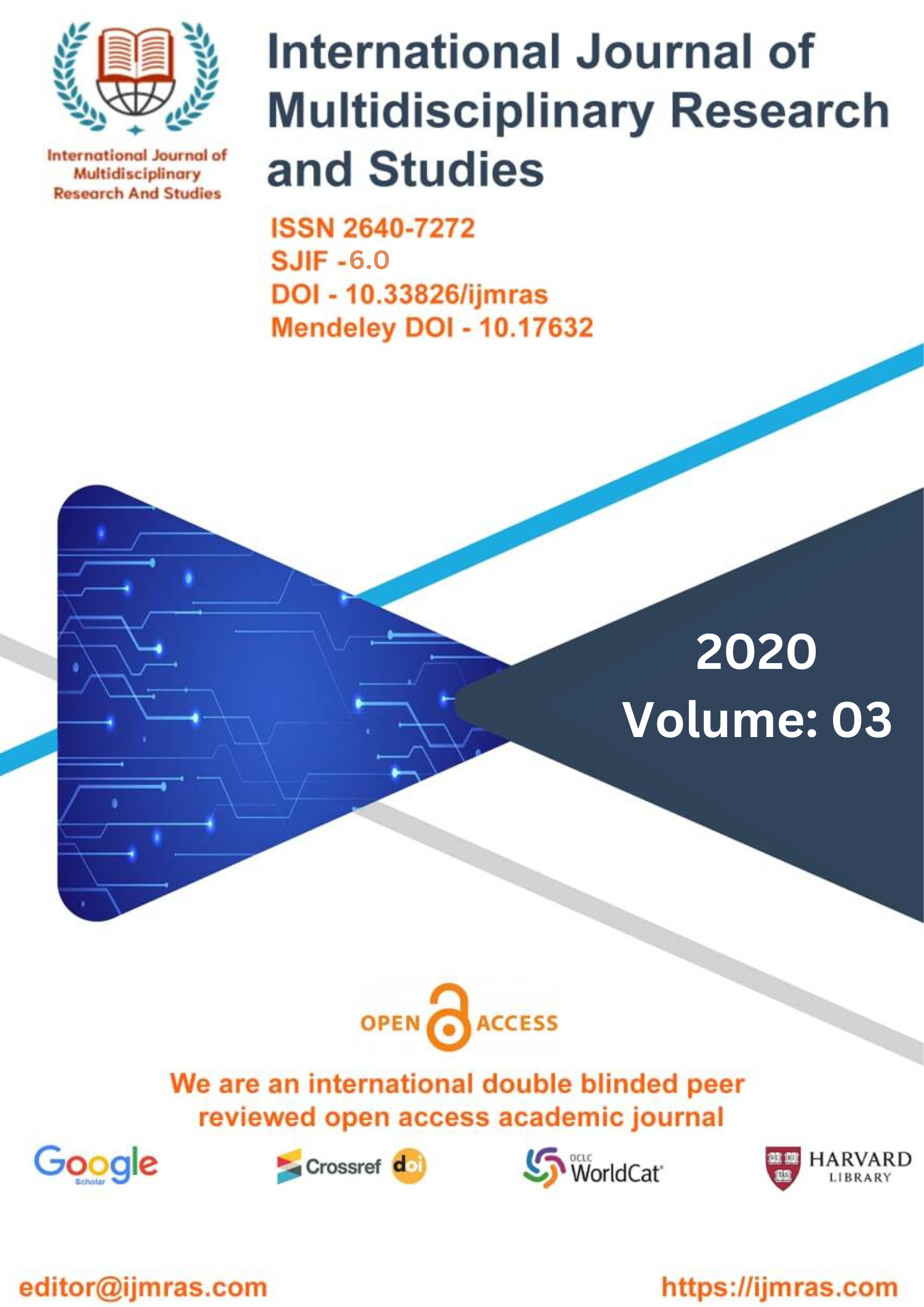A COMPARATIVE STUDY ON THE WAGE RATE PAID

Abstract
The report titled "Time for Equality at Work" (ILO 2003a) stresses the ongoing wage discrimination between employment of equivalent value, indicates the harmful repercussions of such discrimination, and restates the urgent need to take the required actions to remove said discrimination. In a study that was published not too long ago (2006), the European Commission laments the fact that the wage gap between men and women continues to be unacceptably large and shows no indications of narrowing. These results should also be of concern to governments and social partners in a great number of nations located both to the South and to the North. It would seem that the ineffectiveness of pay equality law and, more specifically, the inability of companies to comply with it are to blame for the persistence of pay discrimination.
Keywords
Comparative, Wage, RateHow to Cite
References
Arulampalam, W., Gregg, P., and Gregory, M. (2001). Unemployment scarring. The Economic Journal, 111(475):577–584.
Ashenfelter, O. (1978). Estimating the effect of training programs on earnings. The Review of Economics and Statistics, pages 47–57
Austin, P. C. (2009). Balance diagnostics for comparing the distribution of baseline covariates between treatment groups in propensity-score matched samples. Statistics in medicine, 28(25):3083–3107.
Austin, P. C. (2011). An Introduction to Propensity Score Methods for Reducing the Effects of Confounding in Observational Studies. Multivariate Behavioral Research, 46(3):399–424.
Avram, E. M. and Eftimie, R. (2011). The main reasons underlying personal investment in education. Management & Marketing Journal, 9(2).
Becker, G. S. (1967). Human capital and the personal distribution of income: An analytical approach. Number 1. Institute of Public Administration.
Bekman, E., Bound, J., and Machin, S. (1998). Implications of skill-biased technological change: international evidence. The quarterly journal of economics, 113(4):1245–1279.
Bellman, R. (1961). Adaptive control processes: a guided tour.
Ben-Porath, Y. (1967). The production of human capital and the life cycle of earnings. Journal of political economy, 75(4, Part 1):352–365
Bjorklund, A., Edin, P.-A., Fredriksson, P., Holmlund, B., and Wadensj ¨ o, E. (2014). ¨ Arbetsmarknaden. Studentlitteratur
Blackburn, M. L. and Neumark, D. (1993). Omitted-ability bias and the increase in the return to schooling. Journal of labor economics, 11(3):521–544.
Bryson, A., Dorsett, R., Purdon, S., Great Britain, and Department for Work and Pensions (2002). The use of propensity score matching in the evaluation of active labour market policies. Dept. of Work and Pensions, London. OCLC: 52791096.
Calmfors, L., Forslund, A., and Hemstrom, M. (2002). Does active labour market policy work? lessons from the swedish experiences.
Card, D. (1994). Earnings, schooling, and ability revisited. Technical report, National Bureau of Economic Research.
License
Copyright (c) 2020 BALWANT KUMAR

This work is licensed under a Creative Commons Attribution 4.0 International License.
Individual articles are published Open Access under the Creative Commons Licence: CC-BY 4.0.



